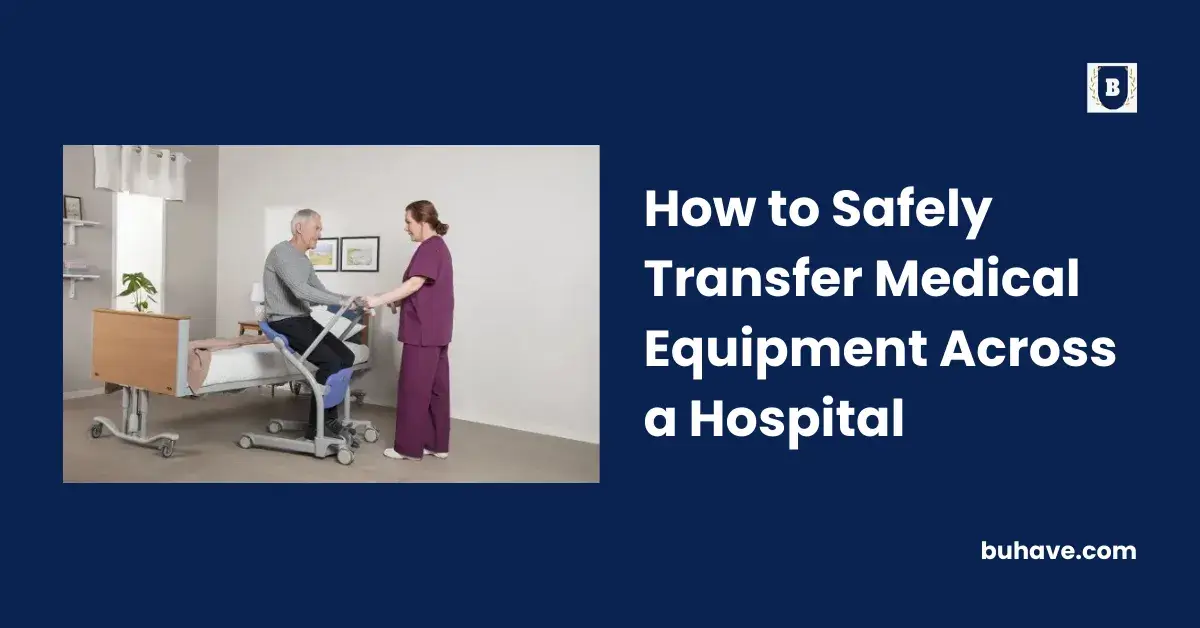Transferring medical equipment between different departments and wards within a hospital can be difficult. Medical equipment can be bulky and heavy, and can sometimes contain potentially dangerous substances if handled incorrectly.
You might need to relocate equipment across departments to manage stock levels, respond to a major emergency, or move it for testing and maintenance checks. Safe transportation of equipment ensures staff and patient safety. It reduces the risk of accidents, injuries, and damage to expensive medical tools and gadgets.
Below, we have covered some top tips for transporting medical equipment for maximum safety and efficiency.
Invest in High-Quality Transportation Equipment
It’s not good transporting expensive and delicate medical gadgets on cheap and rusty trolleys. You must invest as much time and money into finding and purchasing the best transportation devices as you do for the medical equipment itself.
Consider buying top-quality hospital medical carts and trolleys that are sturdy and durable. You may need multiple cart sizes to safely secure a variety of medical equipment inside them for transportation.
Regularly Check Your Medical Equipment
If medical equipment is left for years without maintenance and testing, it can become unsafe to use and transport. Damaged or broken equipment can pose a safety risk for staff and patients when transported along corridors or across departments.
Yearly testing of all medical equipment ensures damage is quickly spotted and fixed before it becomes a safety hazard. Well-functioning equipment also enhances patient care and efficiency, which are crucial in any medical space.
Use Proper Packaging for All Equipment
Packaging is essential for protecting equipment from damage and theft. You need to make sure that your medical tools are properly packaged during transit to preserve them.
Consider using padded boxes and crates, protective covers, or specially designed containers that maintain an aseptic environment for sensitive medical equipment that has a high risk of contamination.
Label all packages appropriately, making sure to include names and serial numbers so staff and couriers know what packages contain which equipment. Proper labeling also makes it easier to keep track of stock numbers and locations, which is crucial if you get inspected by governing bodies or want to minimize your financial losses.
Be particularly cautious with packaging for sensitive and delicate items. Consider using shock-absorbing materials, such as foam padding or bubble wrap, to reduce damage impact during transport.
Create Clear Transportation Pathways
Hospitals and primary care facilities can quickly become busy and cramped, making equipment transportation difficult for nurses, doctors, allied health professionals, and porters. However, ensuring there are clear pathways between wards and departments is crucial for health and safety.
Check that pathways are free of obstructions so staff can easily transport equipment from place to place. You must also keep entrances, exits, doorways, and elevator spaces clear to ensure there is enough space to move large pieces of equipment around. Doing so also prevents collisions, damage, and injuries.

